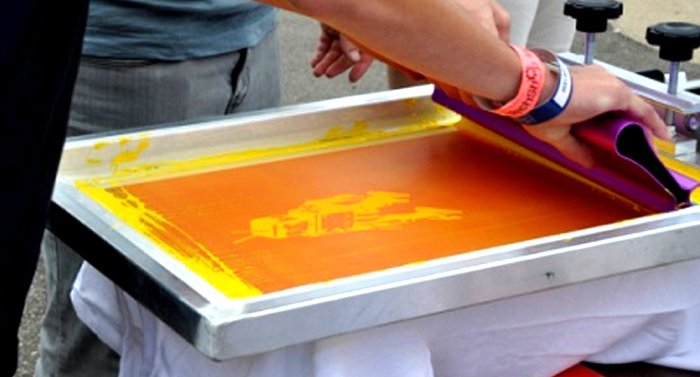In the realm of apparel printing, two popular methods often come into play: Direct-to-Garment (DTG) printing and screen printing. Each method has its own set of advantages and disadvantages, making the choice between them crucial for businesses aiming to produce high-quality printed garments. Let’s delve into the intricacies of DTG and screen printing to help you make an informed decision for your apparel business.
DTG Printing: A Modern Approach
Direct-to-Garment printing is a relatively newer technology that involves printing digital designs directly onto garments using specialized inkjet printers. Here’s a breakdown of its pros and cons:
Pros:
Detailed Designs: DTG excels in reproducing intricate designs with vibrant colors and fine details. It can capture nuances that might be challenging for other printing methods.
No Setup Costs: Unlike screen printing, DTG printing does not require screens or extensive setup. This makes it ideal for printing small batches or one-off designs, reducing initial investment costs.
Eco-Friendly: DTG printing typically uses water-based inks, which are more environmentally friendly compared to traditional screen printing inks. It also generates less waste since it doesn’t require screens.
Cons:
Limited on Dark Garments: DTG printing works best on light-colored or white garments. Printing on dark-colored garments may result in less vibrant colors and require pre-treatment, adding an extra step to the process.
Slower Production: While setup is quicker, the actual printing process can be slower compared to screen printing, especially for larger orders.
Cost-Per-Print: DTG printing can be more expensive per print compared to screen printing, especially for larger orders, due to the higher cost of ink and maintenance.
Screen Printing: The Time-Tested Method
Screen printing, also known as silk screening, is a traditional printing method that involves pushing ink through a mesh stencil onto the garment. Here’s a look at its pros and cons:
Pros:
Versatility: Screen printing can be used on a wide range of fabrics and garments, including dark-colored materials. It’s particularly effective for producing vibrant designs on dark backgrounds.
Cost-Effective for Large Orders: Once the screens are made, screen printing becomes more cost-effective for larger orders due to the lower cost-per-print compared to DTG printing.
Durability: Screen printing results in durable prints that can withstand numerous washes without fading, making it suitable for apparel intended for heavy use.
Cons:
Setup Time and Costs: Screen printing requires the creation of screens for each color in the design, which can be time-consuming and costly, particularly for small orders or designs with multiple colors.
Limited Detail: While screen printing can produce high-quality prints, it may struggle with extremely intricate designs or fine details compared to DTG printing.
Not Environmentally Friendly: Traditional screen printing inks often contain chemicals and solvents that can be harmful to the environment if not disposed of properly.
Conclusion
When choosing between DTG and screen printing for your apparel business, consider factors such as the complexity of your designs, order quantities, and garment colors. DTG printing is ideal for small batches, intricate designs, and light-colored garments, while screen printing shines with large orders, vibrant colors on dark garments, and durability. Ultimately, the right choice depends on your specific needs and priorities as a business owner.


